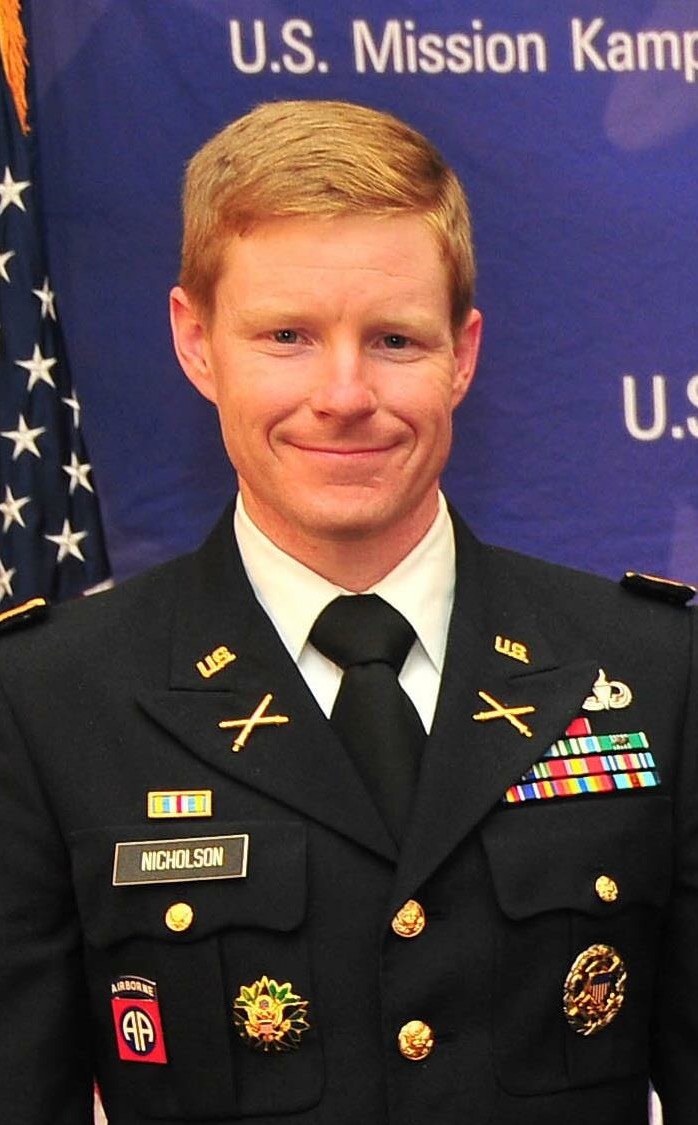Like unicorns and wood sprites, rarely seen yet often discussed, the military’s Foreign Area Officer corps is among the least understood of the many secondary officer career fields. With numerous billets in the joint force and interagency, serving line officers are often only exposed later in their careers to these officer’s unique skillsets and experiences. However, whether in country teams at embassies, theater-level service component commands, combatant commands, or other strategic billets, FAOs fulfill critical functions in support of warfighters.
Officers in the US military have served in billets analogous to FAOs since the early days of the republic. Some notable examples include George McClellan’s service as a military observer during the Crimean War, naval attaches reporting on Spanish fleet capabilities ahead of the decision to declare war in the Spanish-American War, and Col. Bonner Fellers—whose reporting from Cairo on the progress of the British North Africa campaign against Rommel informed Marshall prior to the US entry into the Second World War. This entry in MWI’s War Books series serves to illustrate some of the roles played by FAOs including, but not limited to, strategic scouts, security assistance and cooperation professionals, and liaison officers.
Fitzroy MacLean, Eastern Approaches
Reporting from foreign locations during times of intense and dynamic political change is one of the primary functions FAOs fulfill in the joint force while serving abroad as attaches in numerous embassies. An essential element of such reporting is traveling and knowing the country. Fitzroy MacLean expertly documents his time posted to the Soviet Union during Stalin’s purges in the late 1930s. Frequently voyaging by train into off-limits portions of the country while shadowed by Soviet secret police, MacLean provided a firsthand account of the social devastation at the height of the purges.
Peter Cozzens, The Earth Is Weeping: The Epic Story of the Indian Wars for the American West
Immediately following the Civil War the Native American tribes of the American West were forced onto reservations, which for many ended their pastoralist way of life. During the long series of conflicts, but especially from 1865 to 1924, the US Army assigned garrisons to liaise with the various tribes. Officers such as Brig. Gen. George Crook intimately learned the cultures and languages of the tribes. These unique insights enabled them to best advise the federal government on how to preserve a fragile peace or prosecute a war with Native Americans. Unfortunately, despite their best efforts, much of the advice of these officers was disregarded in the rush to monetize the plains of the American West—highlighting the enduring tension between intelligence and policy.
Barbara Tuchman, Stillwell and the American Experience in China
Perhaps no American officer labored as thanklessly to ensure the grand alliance that won the Second World War as Gen. Joseph Stillwell. A fluent Chinese linguist, he served numerous tours in China, including time as Army attaché, during the interwar period. During the war Stillwell used these attributes to keep Chiang Kai-Shek focused on fighting the Japanese, more or less, when Chiang was really more interested in fighting Mao’s communists for control of China. This volume underscores the types of challenges faced by FAOs in countless Cold War and Global War on Terror conflicts where keeping allies engaged is a strategic objective.
Lt. Col. (ret) James R. Holbrook, Moscow Memoir: An American Military Attaché in the Soviet Union 1979–1981
The quintessential book for FAOs, Holbrook’s sequel to his first book regarding his tour to the Military Liaison Mission in East Berlin chronicles the hard efforts to observe and report on military activities in the Soviet Union at the height of the Cold War. Critically, he was on the ground reporting from Moscow on events that continue to shape American conflicts today, such as the Soviet invasion of Afghanistan in 1979 and the fall of the Shah’s regime in Iran. The book does a great job describing the types of environments in which FAOs and their families live and work. Holbrook expertly describes the impacts of the official harassment the Soviet counterintelligence officers assigned to him inflicted upon his family.
Brian G. Shellum, African American Officers in Liberia
The United States’ relationship with Liberia is the closest to that with a colony in American history. A little-known aspect of this history is the training, equipping, and leading of the Liberian Frontier Force by the US Army from 1910 to 1942. Throughout this period the US Army deployed select African American officers to serve as attaches and as (in contemporary terms) security cooperation officers to the small West African nation. Executing advise, assist, and accompany missions in difficult conditions in an economy-of-force theater, these officers often succeeded at their mission despite the predominant racialized Army policies and foreign policy during that time. A lot of the lessons the officers in Liberia learned would resonate with FAOs serving in developing nations today.
Image: Foreign Area Officers listen to a briefing about Boko Haram during language training at the Defense Language Institute Foreign Language Center (Credit: Patrick Bray, US Army TRADOC)



